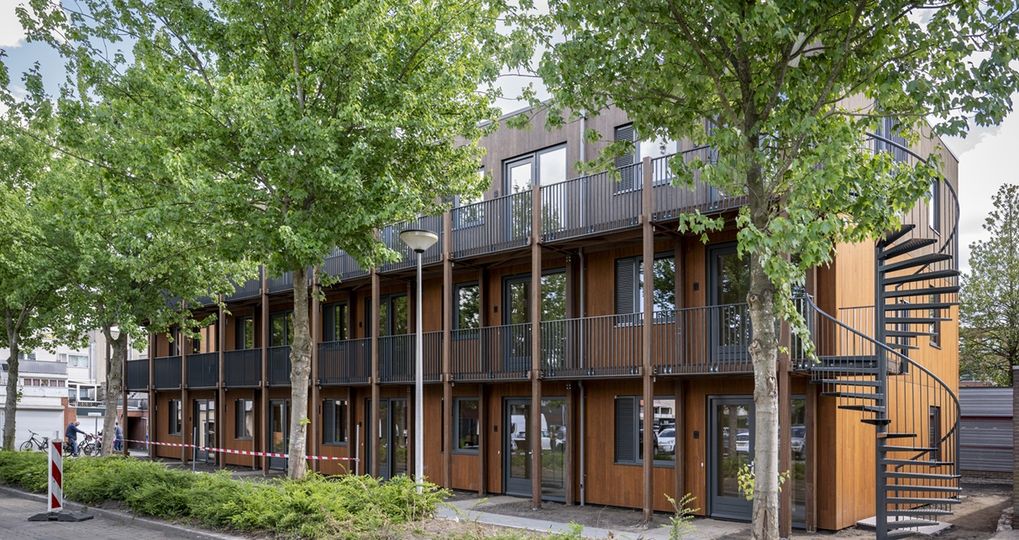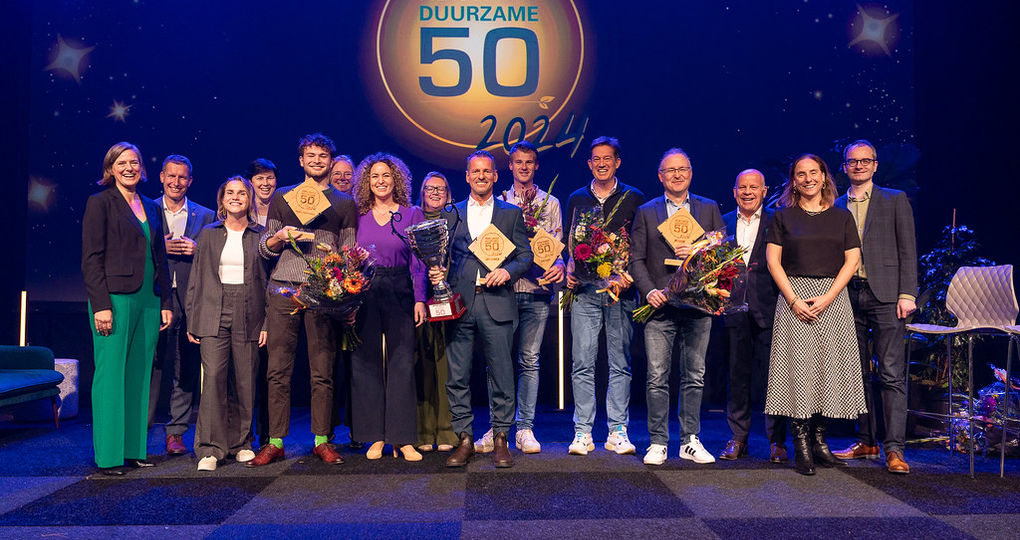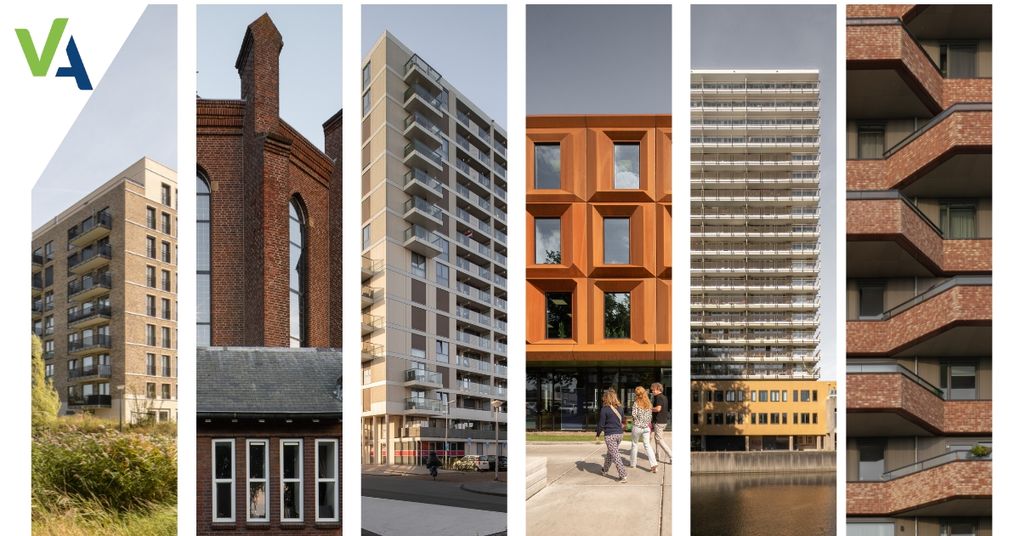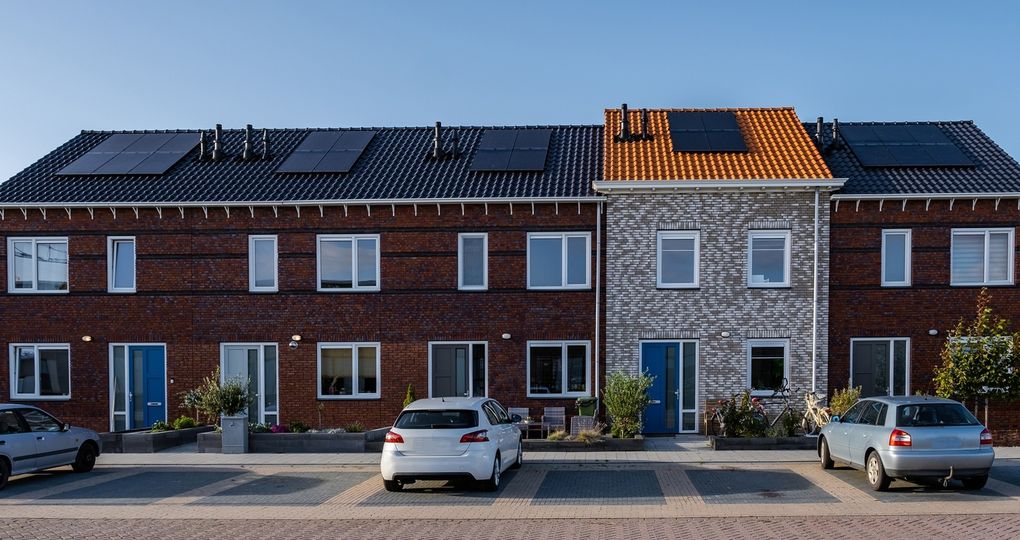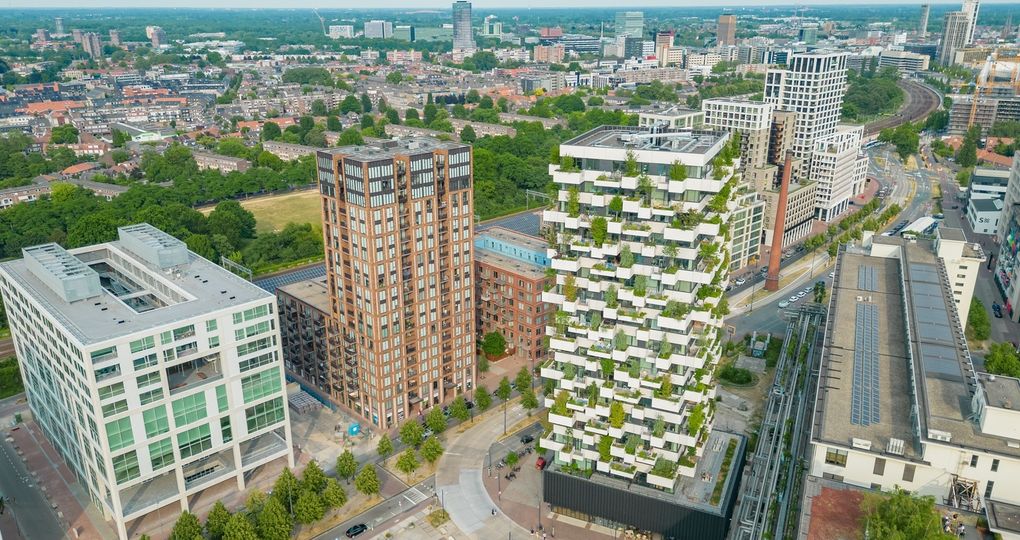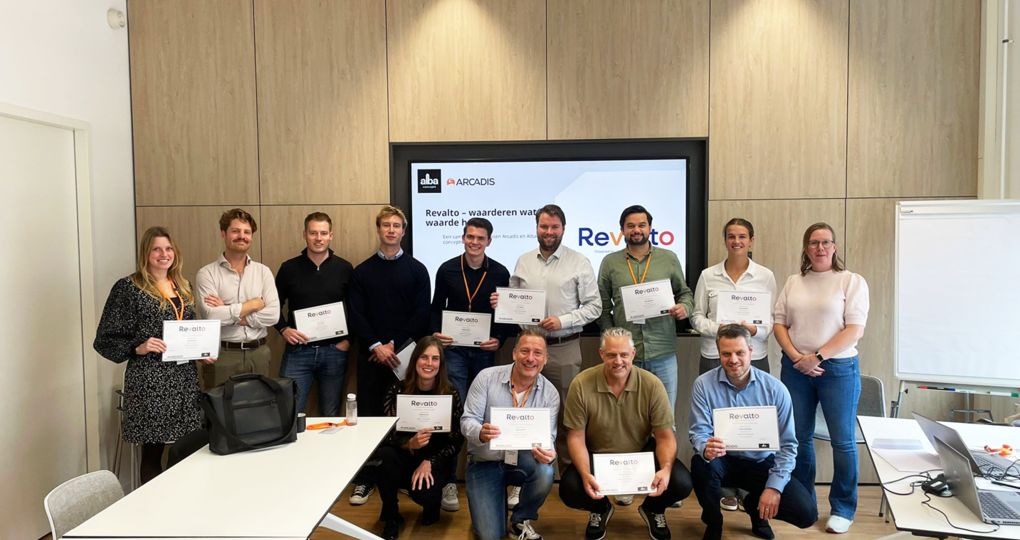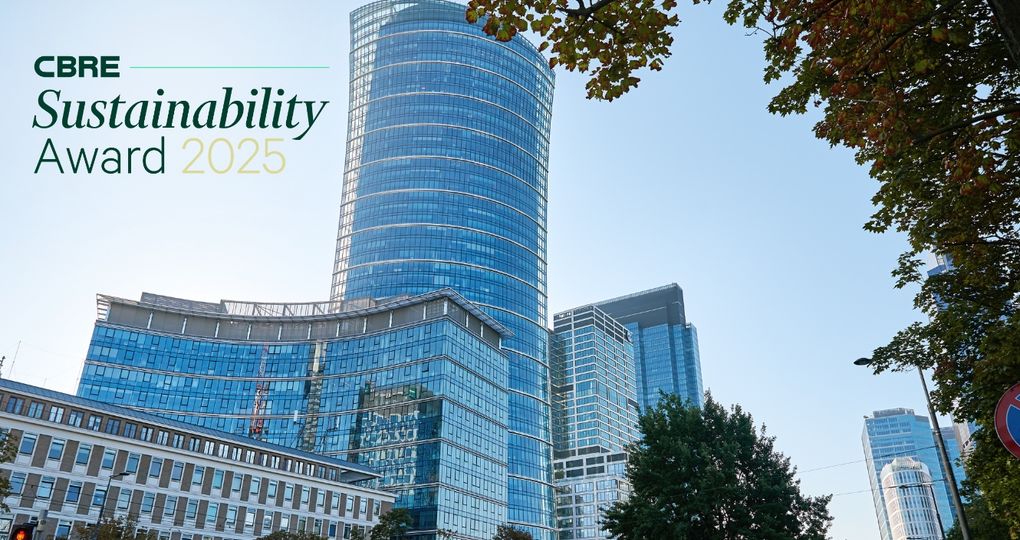Een gebouw als een boom, een stad als een bos (III)
In de rubriek Een gebouw als een boom, een stad als een bos komen geregeld Cradle to Cradle-onderwerpen aan bod. Deze week ontvingen we een bijdrage van Douglas Mulhal- Senior onderzoeker bij het Nederlands Instituut voor Duurzame Transitie (DRIFT) te Rotterdam. Douglas bekijkt het fenomeen duurzaam inkopen.
Duurzaam inkopen and Cradle to Cradle: What's the difference?
The recent government decision to suspend duurzaam inkopen is the right decision and a big possibility for the Cradle to Cradle community now involving hundreds of organizations to do something right on purchasing criteria and surpass the old school of "duurzaam". The question is; what to do and who will do it ? One thing is certain; if everybody waits, then someone who knows nothing about a positive agenda will determine the results. So the time to act is right now.
Many complain the new government is "anti-green", but the government decision to eliminate the criteria was the correct one because most of those criteria did not provide the right solutions. They told the marketplace what to do instead of encouraging it to innovate, and were not transparent about the ultimate intentions.
Most importantly, the criteria were based on conventional duurzaam, which is "less bad" with a focus on minimizing energy and materials instead of maximizing benefits for the economy, society and the environment. Now is a special possibility to develop purchasing criteria based on quality and innovation instead of "duurzaam" criteria that were based on cost with no innovation.
This is also important for the government and industry because the question is; what is C2C and what is duurzaam? Where is the line between "less bad" and "more good"?
A process is going on right now in companies to look at "low hanging fruit" where C2C purchasing criteria could be formulated. Some areas include;
Positive philosophy from the marketplace
For example, the Van Gansewinkel slogan "Make something beautiful from this" (Wie maakt hier iets moois van?) might be a good approach for the new purchasing criteria. This inspires the marketplace to do the right thing. Other similar slogans can be seen e.g. at Desso, Steelcase, Mosa etc.
Statements of Intentions
Most purchasing criteria are not transparent to the marketplace because they do not tell the market where they are leading. From one year to the next the market never knows what to expect and this creates a barrier to planning. This can be solved through "Statements of Intentions" showing markets what the measurable ten-year goals are for each criterium, and also allows the government to take a stepped approach to phasing in progressive criteria.
Materials Security
Criteria could support materials security for The Netherlands in an era of materials scarcity. Rare earth metals are scarce and certain grades of recycled PP and PET are hard to get due to the low feedstock quality. By including materials security in the criteria, innovation can be encouraged on the practical basis of marketplace demands.
Paper
Cradle to Cradle certification of paper products is one transparent basis for guidelines, but could be supplemented by a statement of intentions and recycled paper roadmap showing how paper can be used in cascades to generate employment and support biological cycles. Functional criteria can also make sure for example recycled office paper works properly in office machines.
Plastics
DSM recently had five of its engineering plastics certified with C2C. As well, many companies are asking recyclers to provide high grades of recycled plastics. These are good opportunities to set purchasing criteria that operate in the real marketplace and support Dutch industry to be competitive globally.
Glass
Maltha is among the largest glass recyclers globally and is based here in The Netherlands. A roadmap to improvement for purchasing of recycled glass could make Dutch recycled glass a more competitive product.
What about partners in the real world?
The City of Venlo and Park 2020 near Schiphol right now are each establishing tendering criteria for new buildings which promise to have many Cradle to Cradle-elements. Those provide a special possibility to take first steps in C2C purchasing criteria for materials in buildings. Every company working on C2C could be a partner.
Sharing Benefits
How can contracts be improved so every stakeholder benefits from C2C quality? Instead of only "lowest bid" can government agencies and companies use the "quality" provisions commonly used in other types of contracts?
For example, if separation with innovative bins results in higher value recovered materials, how can this benefit be shared with customers who provide the raw materials so the customer is encouraged to separate? This can benefit municipal governments and big companies as well as small to medium enterprises.
Who will draft the criteria? Right now the government is commissioning consultants and companies are offering to rewrite criteria. But who in this group is qualified to develop a positive agenda for those criteria? The most effective way to show leadership is by example, and so now is the time for companies and government agencies already working on Cradle to Cradle to stand up and do it.
The government has thrown open the door and this is the time for those organizations to act.
Text: Douglas Mulhall


